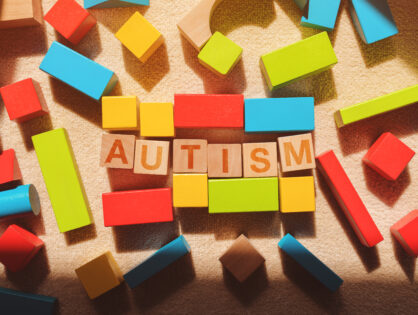Introduction
Autism Spectrum Disorder (ASD) is a neurodevelopmental condition that affects individuals in diverse ways. It is crucial to approach ASD with empathy, understanding, and support while recognizing and nurturing the unique strengths and abilities that individuals on the spectrum possess. In this article, we explore the multifaceted nature of ASD, discuss the importance of inclusivity, and shed light on the power of unlocking the potential and nurturing the strengths of individuals with ASD.
Understanding the Spectrum: Unveiling Strengths and Challenges
The spectrum nature of ASD encompasses a wide range of abilities and characteristics. Individuals with ASD often exhibit exceptional strengths, such as attention to detail, pattern recognition, and skills in areas like mathematics, music, art, or technology. However, they also face challenges, including difficulties in social interaction, communication differences, and sensory sensitivities. By understanding and embracing this spectrum, we can appreciate the unique qualities that individuals with ASD bring to the table.
Creating Inclusive Environments: Education and Beyond
Inclusive environments are crucial for individuals with ASD to thrive and reach their full potential. In the realm of education, tailored approaches that accommodate different learning styles and individual needs empower students with ASD to excel. Providing support systems, sensory-friendly classrooms, and encouraging peer interaction can foster a sense of belonging and promote overall well-being. It is essential to extend inclusivity beyond the classroom, ensuring that workplaces and public spaces also accommodate the diverse needs of individuals with ASD.
Unleashing Potential in the Workplace: Employment and Entrepreneurship
Transitioning from education to employment can present unique challenges for individuals with ASD. However, many organizations are recognizing the untapped potential and exceptional abilities of individuals on the spectrum. Inclusive hiring practices, supported by appropriate accommodations and supportive work environments, unlock opportunities for individuals with ASD to contribute their talents and perspectives. Furthermore, fostering entrepreneurship can empower individuals with ASD to harness their creativity, problem-solving skills, and unique insights, driving innovation and making significant contributions to society.
Advocacy, Awareness, and Acceptance
Advocacy and raising awareness are pivotal in fostering a society that embraces and supports individuals with ASD. By dispelling myths, reducing stigma, and promoting acceptance, we create an environment where individuals with ASD are valued for their strengths and abilities. Advocacy efforts should focus on policies that ensure access to appropriate healthcare, education, and employment opportunities. By advocating for the rights and needs of individuals with ASD, we can promote inclusivity, foster empathy, and drive positive change.
CONCLUSION
AUTISM SPECTRUM DISORDER: A NEUROLOGICAL AND DEVELOPMENTAL DISORDER
Autism Spectrum Disorders are conditions that become apparent early in childhood and affect all the major aspects of development such as social, language, and cognitive aspects. Children with autism spectrum disorder may have exceptional strengths and skills in mathematics, music, art, or technology. However, they have to face challenges in their social, communication, and sensory areas.
An inclusive environment helps ASD children to reach their full potential. Various educational approaches and strategies, different learning styles with sensory-friendly environments, and catering to individual needs empower children with ASD to excel. ASD children require assistance. By advocating and raising awareness, we all can create a safe environment for ASD children where they are valued for their special strengths and abilities.
Related Articles:
Anxiety Disorders – Nurturing Mental Health and Support
Paranoid Personality Disorder – Understanding, Coping, Dispelling Misconceptions
Obsessive-Compulsive Personality Disorder – Understanding and Overcoming



